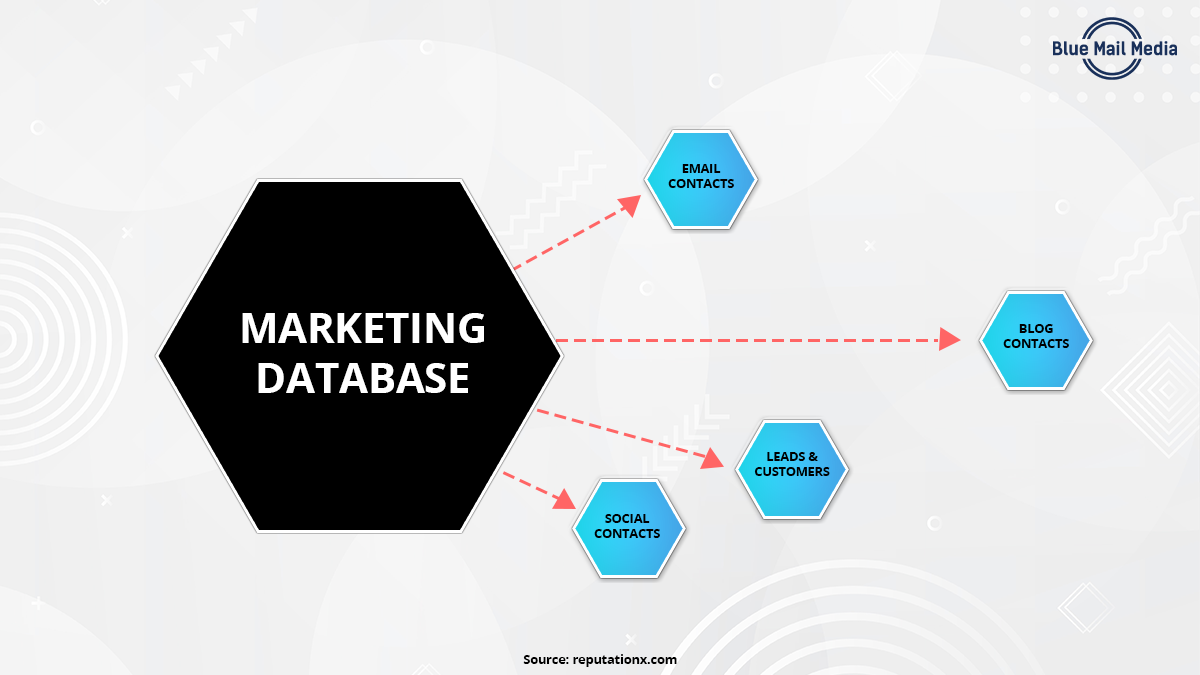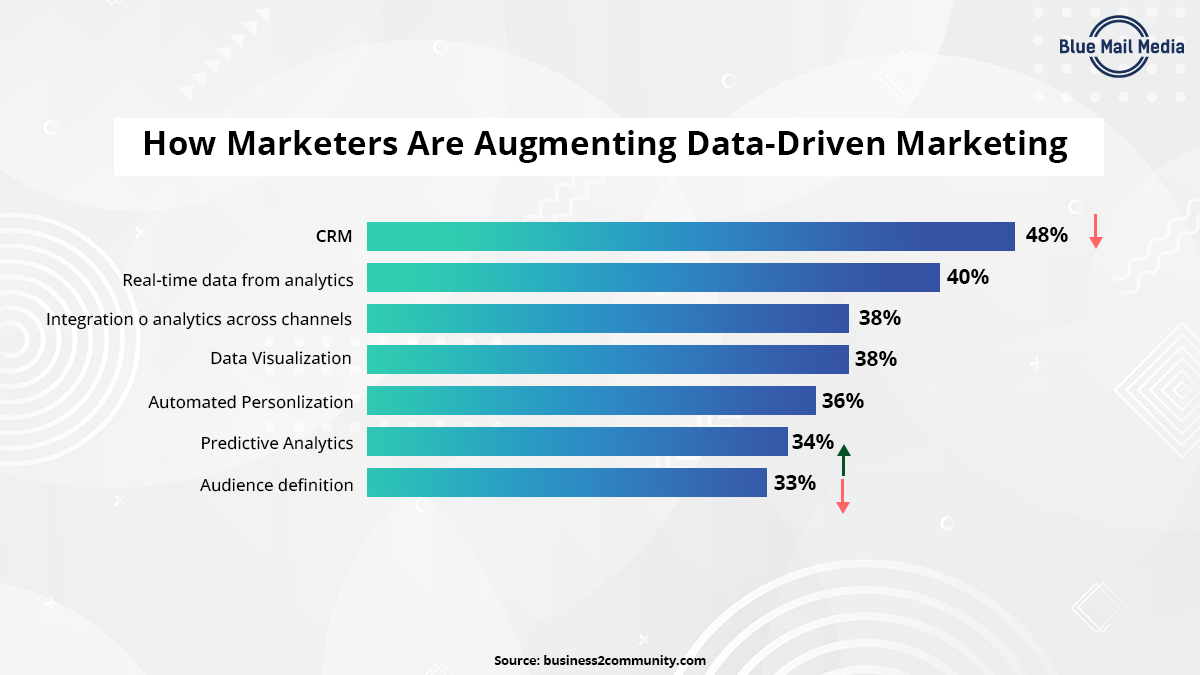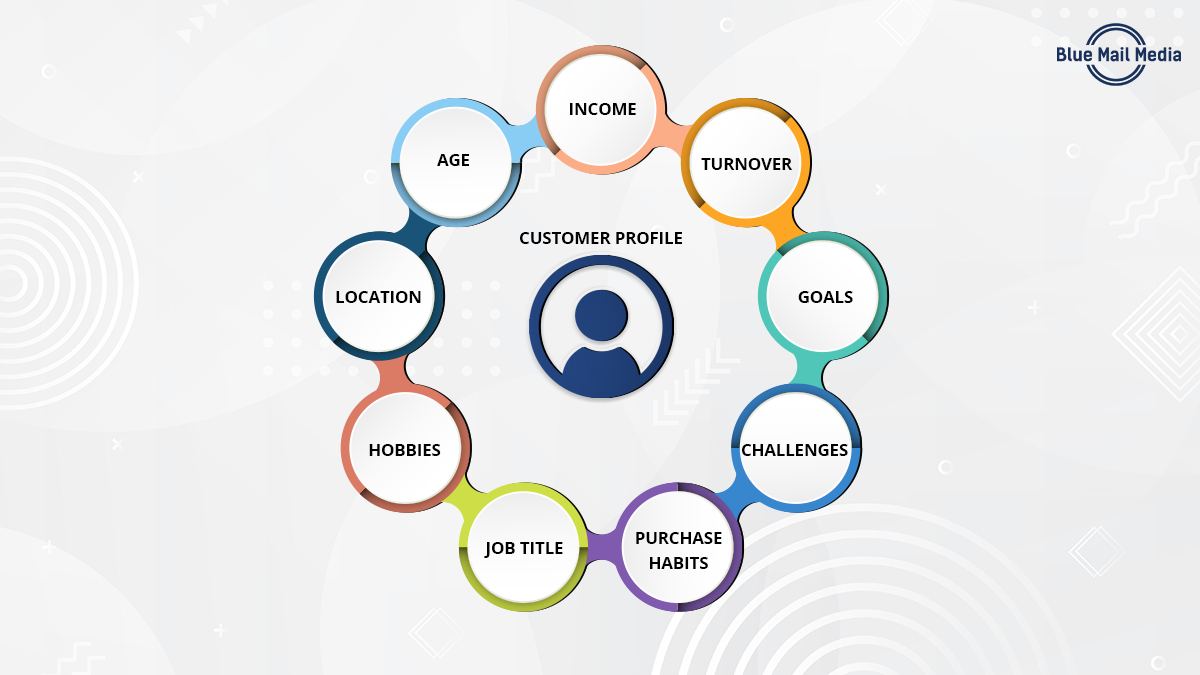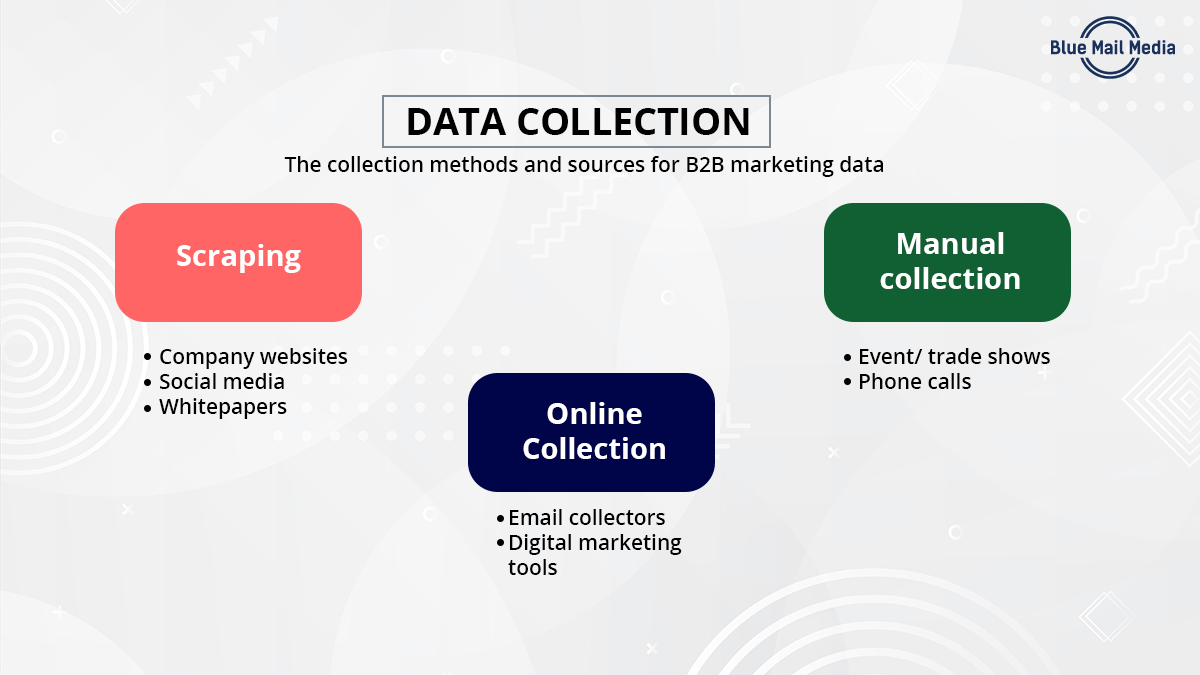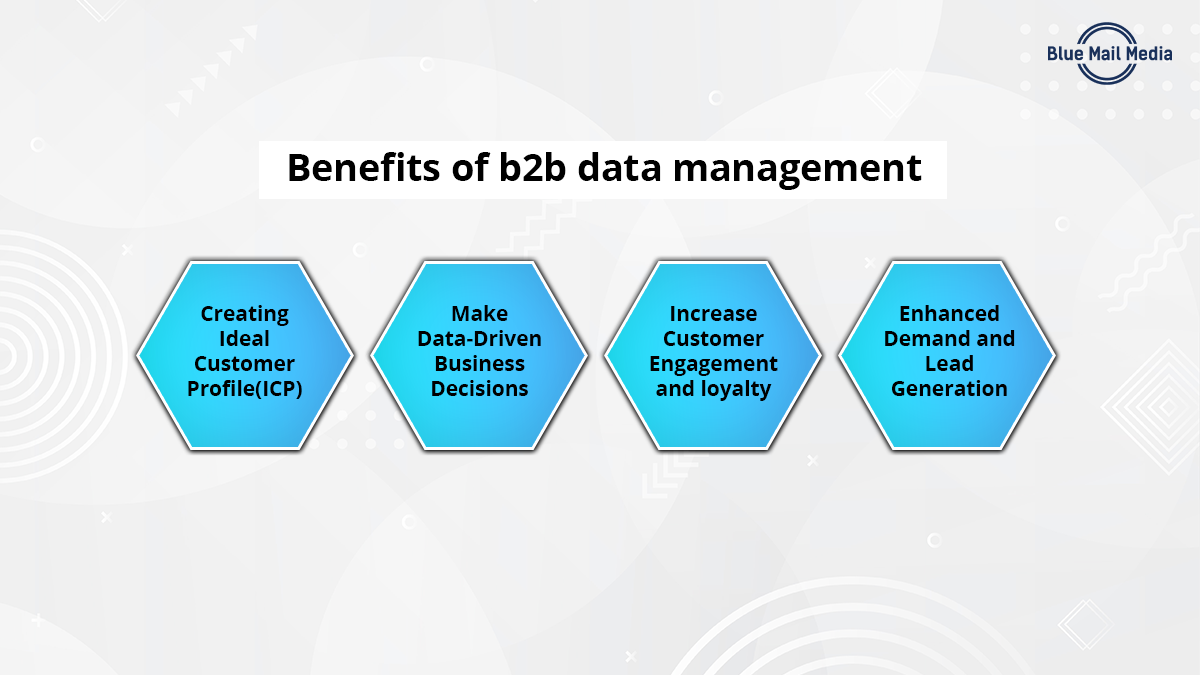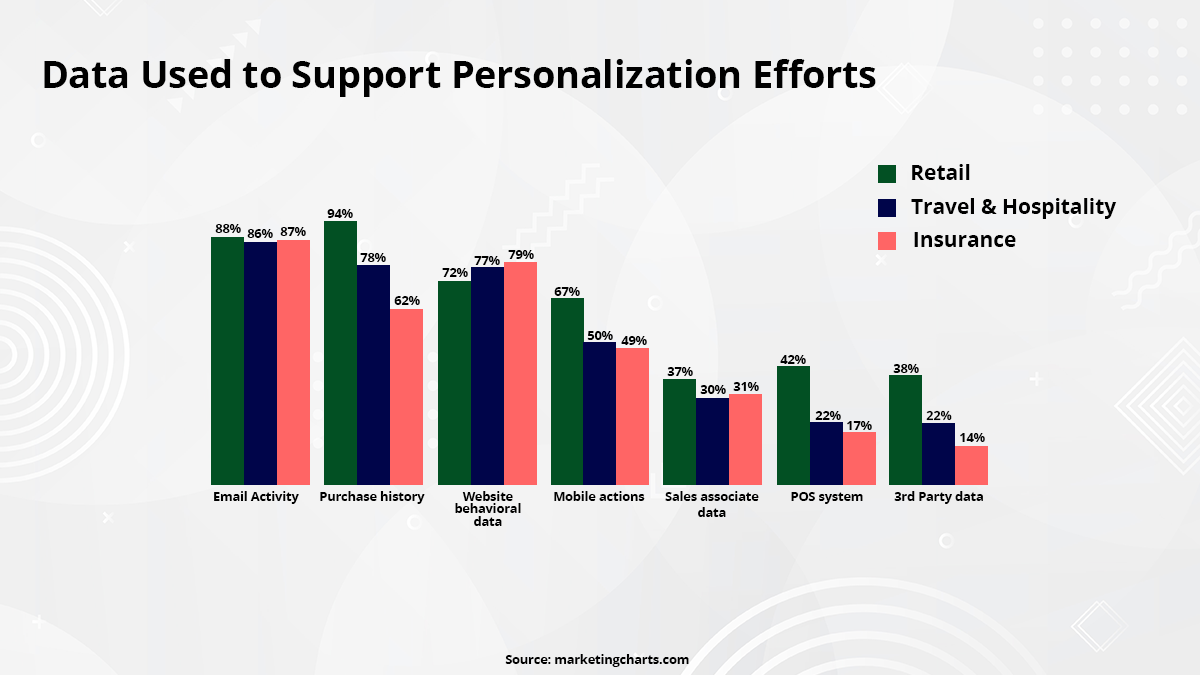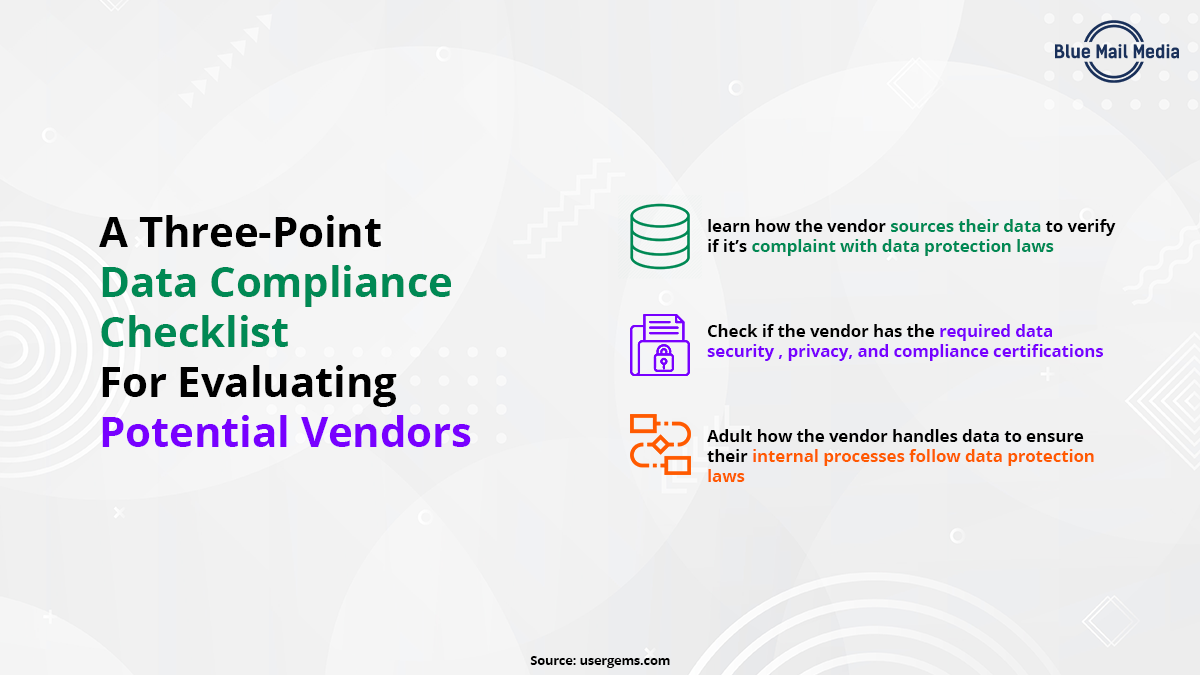Lead generation is a gruesome process, requiring multiple considerations so that it does not lead to excessive consumption of marketing resources. Such are the complexities involved in the process that 61% of B2B marketers have chosen as the number one hurdle for their organizations.
Fortunately, lead generation can be simplified. The most effective way to achieve this is by building a marketing database comprising in-depth information about your target audience. A marketing database aims to collate and consolidate all your cross-channel enterprise data and aid in the execution of impactful outreach strategies.
Access to a marketing database provides an unmatched level of customization, enabling you to send tailored promotional messages to prospective clients and appeal to their pain points. You can also use these insights to customize the content and emails according to the stage of their clientele’s journey.
Now that you have a shred of evidence proving the importance of a diverse marketing database, how easy is it to create one for your organization? Read on further as we dissect how to build a marketing database and discuss its significance.
Marketing Database: A Need or Luxury
Every day, your business might obtain internal or third-party external data about your target audience. This information is valuable but cannot be leveraged unless you organize and convert the data into a readable format.
This is the first step towards the creation of a marketing database. Simply put, it comprises details about all the clients and prospects possessed by your organization’s marketing team. The information is entered into a single log for better tracking and management.
But what is the significance of marketing database? Is it beneficial for marketers? Here are a few benefits of using this marketing database:
- Seamless lead nurturing: A reliable and validated database helps you interact with prospects on multiple channels. The result is a more consistent brand experience that enables them to remember you and seek out your offerings during times of need.
- Account Based Marketing: Marketing and sales teams can align and share their insights to target high-value qualified leads. This amplifies the total revenue and saves the waste of marketing resources on targeting unqualified leads.
- Precise Marketing: An accurate database better identifies your ideal customer profile. It ensures that your outreach efforts are only sent to the relevant users, assisting you in achieving a better ROI with increased conversions.
While the benefits are immeasurable, you cannot take advantage of these benefits unless you understand how to build a marketing database from scratch.
A Strategy to Formulating a B2B Marketing Database
The most significant aspect to remember is that you cannot create a marketing database using a one-size-fits-all approach. Each element of this database varies according to the goals of your marketing campaigns.
That said, here’s a step-by-step strategy on how to get started with a marketing database:
Defining your B2B Data Needs and Goals
Every marketing campaign has an end goal. For instance, you could have a short-term goal to amass a certain number of users in the sales funnel or have a time limit for running the campaign. The creation of a marketing database begins by defining these needs and goals.
Why, you might ask?
A clearly defined path for your marketing campaigns helps you decide your required data selects. So, if you focus on all manufacturing businesses, you can arrange the database to group your prospects according to industry type.
Additionally, you can also use buyer personas to paint an accurate picture of your target audience. Defining your buyer persona helps you pinpoint the precise characteristics of prospective clients, leading to better targeting.
Several data selects can be prioritized while creating a database, such as:
- Demographics
- Technographic
- Revenue
- Industry size
- Firmographics
Your focus must lie on including the data points most relevant to the end goal of your campaign.
Data Collection and Acquisition Strategies for B2B
The crux of database creation arrives after defining your marketing goals. Here, you are tasked with collecting information from various sources to obtain insights for your marketing database.
Usually, there are three ways to achieve this:
- Browsing through public sources like seminar records and online directories
- Seeking the services of a data vendor
- Using internal information amassed from gated content or feedback forms
The emphasis should be on acquiring high-quality data, especially considering that bad data results in losses of 10% or more yearly. One way to check the validity of the data is by checking for missing fields and comparing data from different sources to weed out repeated entries and redundancies.
Alternatively, you can rely on third-party sources that offer a pre-packaged database with stringent accuracy checks. This database is updated every few months to preserve its validity and power seamless marketing campaigns.
Organization and Managing Your B2B Marketing Database
Unintelligible data can prove disastrous for your outreach campaigns. It fails to provide a complete assessment of your target audience without proper categorization and organization. This will lead to sub-par campaigns that yield less revenue.
The solution is subjecting your database to comprehensive segmentation and enhancing its targetability. By dividing your prospects into groups, you can send mass personalized emails to capture their attention and increase response rates.
It also assists you in checking the validity of your database by analysing bounce rates and applying suitable methods to validate your data. Some of the most effective forms of data refreshing are as follows:
- Cleansing: Usually conducted every few months, data cleansing is used to deal with inaccuracies and update information in the existing marketing database.
- Duplication: Duplicate entries can influence the results significantly. Hence, deduplication is a tried-and-tested method to check repeated entries and eliminate the copy.
Plus, it is vital to define a data governance strategy for your firm to uniformize how you collect, store, and dispose of data. This method aims to safeguard the data and prevent unauthorized access.
Leveraging the Database for Targeted Campaigns
Cold calls are relics of the past. These strategies were employed when companies lacked access to meaningful data identifying new prospects.
But with a B2B marketing database, you can practice precise targeting to reach your target audience. No more time spent on unqualified leads or prospects who fall outside the purview of your target audience. A tailored database helps you stick to qualified leads and enables the execution of the following strategies:
- Segmentation by industry: Targeting multiple industries at once? No problem, you can customize the B2B database to sort companies by the industry they belong to and set up email automation to send personalized outreach messages.
- Role-based targeting: If you are searching for a medical professional or CEO, you can categorize the database according to the profession and target all roles within a specific area. Guesswork is eliminated, as you know, the identifying details of the target audience to launch customized campaigns.
Personalization forms the core of data-driven campaigns, as the modern prospect values brand experience over everything else. So, you can rely on the marketing database to provide necessary insights and appeal to the pain points of prospective clients.
Confirming Compliance and B2B Data Security Measures
There are two types of data floating in the market. One is available in the public domain and for anyone to use, while the other is confidential information that can only be validated by the owner.
Countries like the US and regions like Europe have enacted strict data privacy laws that punish unauthorized data access. Compliances like CCPA and GDPR are in place to ensure businesses do not misuse an individual’s data. At this time, ensuring that your information is in line with industry standards is vital.
The best way to circumvent this is to use consensual data. You can use gated content or survey forms to encourage users and convince them to provide details. This has a two-pronged effect – the user gets access to high-quality content, and you acquire the information directly from the source.
The next step is proper storage once the data is in your hands. Usually, cloud-based storage options are perfect for this, offering an unmatched level of security to safeguard confidential information.
Summing Up
A marketing database is a vital tool in your arsenal. It can be used to power a variety of campaigns, ranging from account-based marketing to lead nurturing. The only pre-requisite is that the data be collected from reliable sources and cross-checked multiple times to guarantee validity.
Also, the growing concerns about data privacy have led to stringent laws that heavily punish unauthorized data access. Taking the necessary permissions to secure and store this data in a safe place like cloud storage is vital.
But the benefits of a marketing database are endless. You gain the flexibility to conduct omnichannel campaigns and obtain significant ROI with increased conversions. So, develop a database for your organization now and witness the difference in the results.


